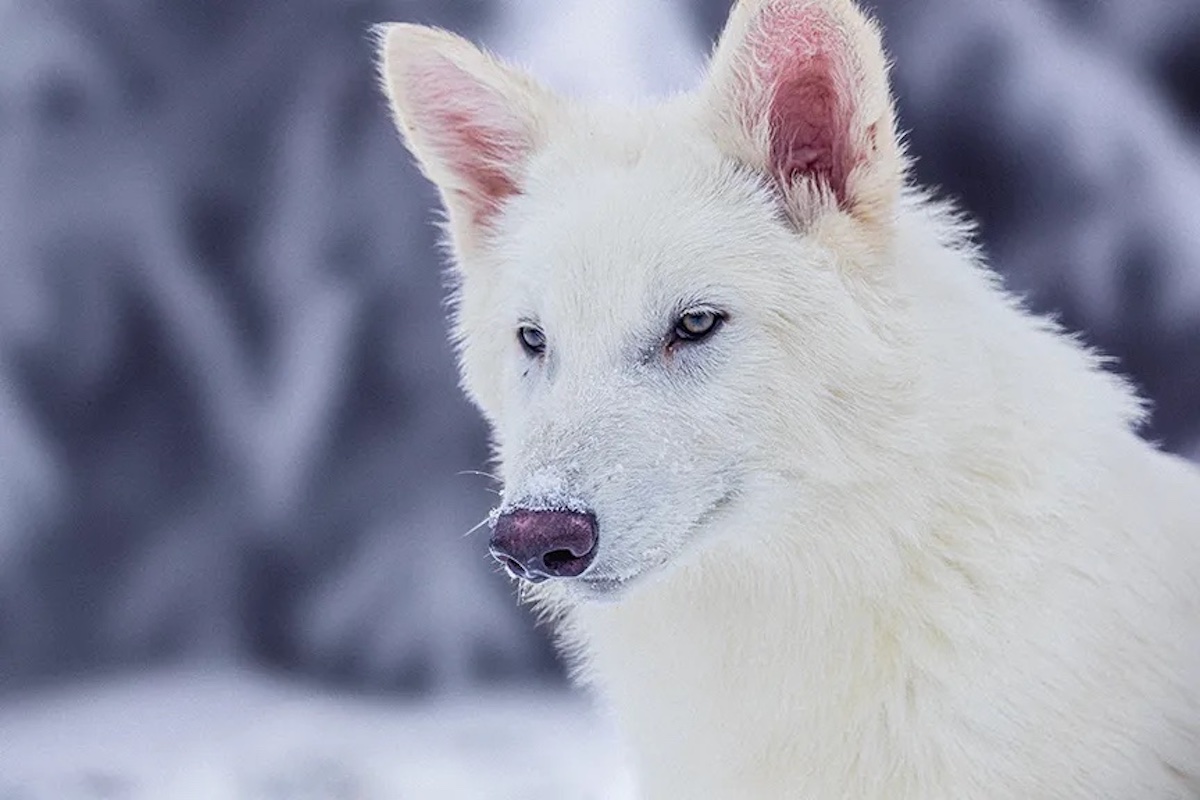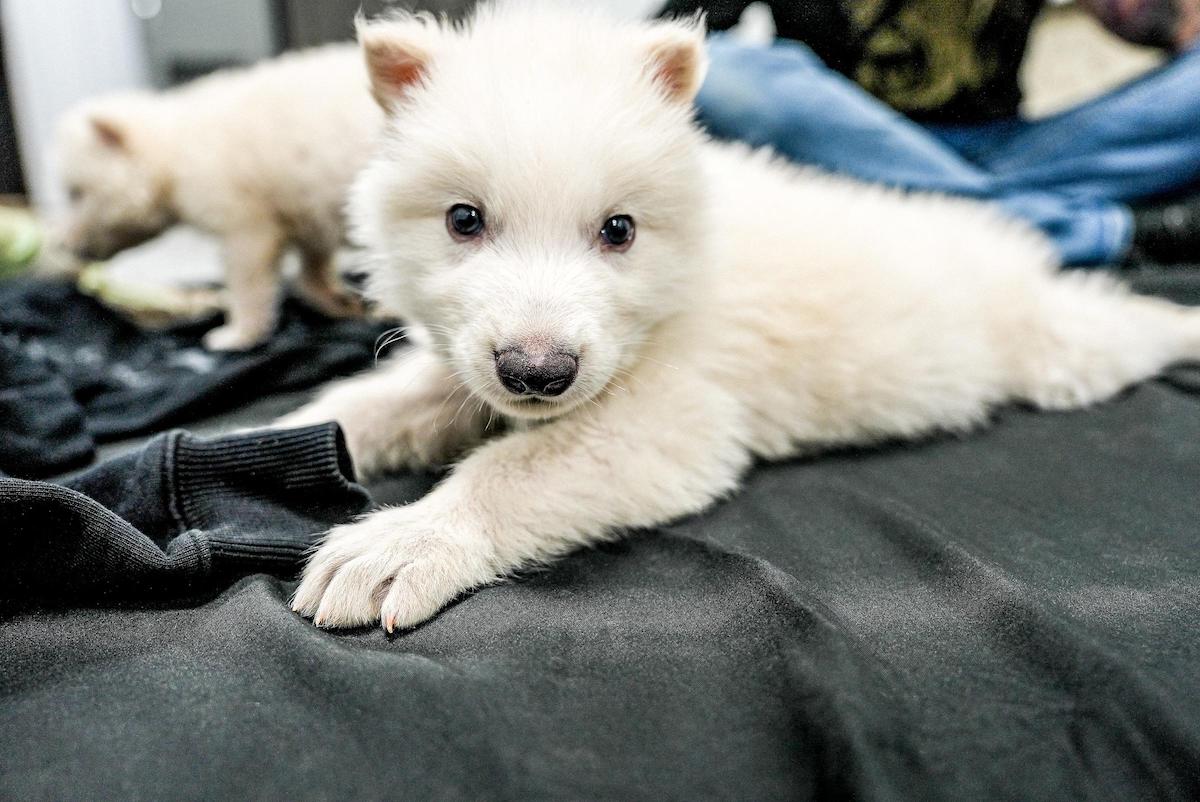Dire Wolves Return? Scientists Debate Biotech Company’s Claims
Keith Lusher 04.09.25

A Dallas biotech company claims to have brought back dire wolves from extinction, but scientists are debating whether these animals truly represent “de-extinction” or simply genetically modified gray wolves.
Colossal Biosciences, a $10.2 billion company founded by tech entrepreneur Ben Lamm and Harvard geneticist George Church, announced Monday the birth of three dire wolf pups named Romulus, Remus, and Khaleesi. The company calls them “the world’s first successfully de-extincted animal.”
What is a dire wolf?
Dire wolves (Aenocyon dirus) were apex predators that roamed North America thousands of years ago. According to Colossal, dire wolves were up to 25% larger than gray wolves, with wider heads, thicker fur, and stronger jaws. Their diet consisted of at least 70% meat, primarily from horses and bison.
While many today know dire wolves from their fictional portrayal in HBO’s “Game of Thrones,” they were very real prehistoric creatures. “Game of Thrones” creator and Colossal investor George R.R. Martin noted, “Many people view dire wolves as mythical creatures that only exist in a fantasy world, but in reality, they have a rich history of contributing to the American ecosystem.”

To create these animals, Colossal scientists extracted DNA from two dire wolf fossils – a tooth and an inner ear bone. After sequencing this ancient DNA, they identified key genetic variants that differentiated dire wolves from their closest living relatives, gray wolves.
The company then made 20 precise edits across 14 genes in gray wolf DNA before cloning the edited cells and implanting embryos in surrogate dogs. According to Colossal, these edits focused on traits like size, coat color, hair texture, and musculature.
“Our team took DNA from a 13,000-year-old tooth and a 72,000-year-old skull and made healthy dire wolf puppies,” said CEO Ben Lamm in the company’s announcement.
Scientific Sceptisism
Many scientists, however, question whether these animals truly constitute “de-extinction.”
“The reality is we can’t de-extinct extinct creatures because we can’t use cloning — the DNA is just not well enough preserved,” said Nic Rawlence from New Zealand’s University of Otago. “What Colossal is trying to do is genetically engineering animals to look like extinct creatures… they’re not a dire wolf.”
Pontus Skoglund from Britain’s Francis Crick Institute was more blunt, suggesting the pups are “optimistically 1/100,000th dire wolf.”
Love Dalén, a professor in evolutionary genomics and Colossal adviser, acknowledged, “Across the genome, this is 99.9% gray wolf,” but added, “It carries dire wolf genes, and these genes make it look more like a dire wolf than anything we’ve seen in the last 13,000 years.”
Colossal’s Chief Science Officer Beth Shapiro defended the approach: “Our goal with de-extinction is always to create functional copies of these extinct species.” She emphasized they were “focusing on identifying variants that we knew would lead to one of these key traits.”
Beyond the dire wolf project, Colossal also announced the birth of cloned red wolves, the most critically endangered wolf species in the world. The company suggests their technologies could help preserve endangered species by reintroducing genetic diversity into declining populations.
The three dire wolf pups currently live on a secure 2,000-acre preserve certified by the American Humane Society and registered with the USDA. The facility features 10-foot-tall fencing and employs full-time animal care staff, with the wolves monitored via cameras, security personnel, and drones.

Colossal hopes to eventually “grow the pack” and potentially restore the species in secure ecological preserves, possibly on indigenous land.
Michael Knapp, an associate professor at the University of Otago, described the achievement as “a major breakthrough in genetics” while noting ethical questions remain. “Whether or not this is an avenue that should be further pursued is a highly complex question,” he said.
As Christopher Preston, a professor of environmental philosophy at the University of Montana, observed, “I think it is important to ask what role the new animals will serve.”
The scientific debate continues about whether these animals represent true de-extinction or a remarkable feat of genetic engineering that raises profound questions about humanity’s relationship with extinct species.

